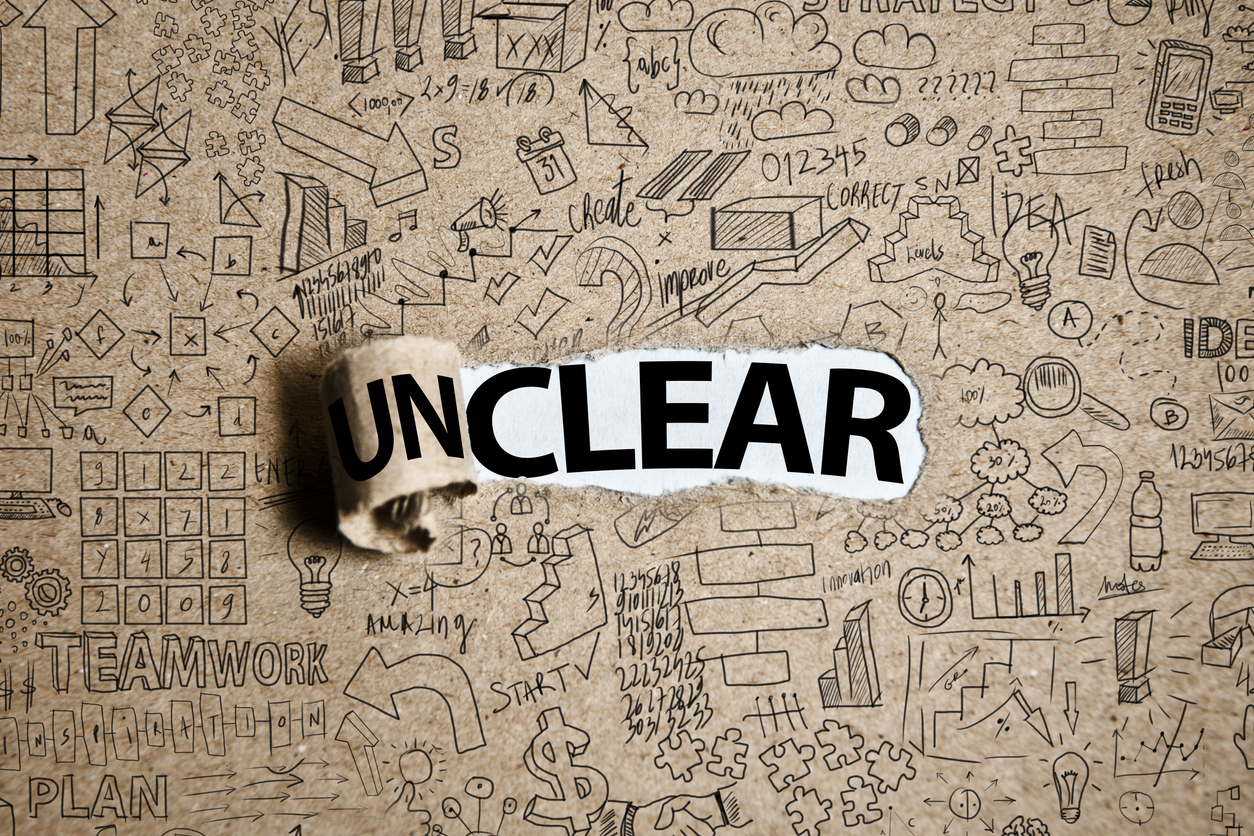I gave a speech, “Coverage Changes to Texas Insurance Policies” to the Texas Association of Public Insurance Adjusters last week. One aspect of that presentation concerned historical notions of valuation in property insurance policies and how some insurance companies are changing longstanding rules to get a competitive edge by re-writing valuation provisions.
One comment I made was that property insurance adjusters doing work for decades can no longer assume that what they have learned as theory and provisions in property insurance policies exist today. Everything is changing and regulators at the state departments of insurance seem clueless or lazy by allowing wholesale changes which almost always reduce benefits to consumers from prior forms.
To help with the ignorance part, students of insurance must understand theory of indemnification and historical reasons property insurance policies work the way they do. One historical “theory” publication, Insurance Valuations: Definition, Derivations and Appraisals, was recently forwarded to me by a very experienced valuation appraiser, Alex Ruden, ASA of Southeast Appraisal. An example of the theoretical discussion found in the publication is the following:
GENERALLY, for insurance purposes, when we discuss depreciation, we’re talking about the physical deterioration of an item of the time of appraisal. The Explanatory Sheet used in appraisals made by our organization states “Depreciated Values of either Buildings or Contents is the actual worth to a going concern after allowances for expired life, physical condition, and remaining expectancy of serviceable life.” Or, simply, insurance depreciation may be defined as the difference in value to a going concern between the property appraisal and the same property new. From this it can be seen that for insurance purposes, the term “Depreciation For Insurance Purposes” is used, not merely the term “Depreciation” alone.
Since physical depreciation is the largest factor in determining depreciation, and the accuracy of the figures that are used is directly proportioned to the knowledge and judgment of the insurance appraiser, it follows that actual field experience is essential to determine the quality, construction, function and condition of any item. This is true for either buildings or machinery.
I might also state that we do not use any fixed annual rate for physical depreciation, but rather rely, for the most part and as a guide, on personal observation and condition of items at the time of appraisal.
. . . .
Depreciation for insurance purposes cannot fairly be apportioned over a period of years. If it were possible to measure with absolute accuracy the depreciation of any item, a graph of value would probably show a fairly horizontal line for the first few years of use, followed by periodic downward lines showing wear, and then by an upward trend when repairs and maintenance have been applied.
I do not want to infer that age is of little consequence in deciding depreciation but it is a fact that the type of construction and occupancy of a building, or the speed and hours of operation in a machine, may have considerably more weight in determining depreciation than age itself.
Obsolescence is a part of depreciation but it does not affect insurance depreciation in the same way as does the physical wear and tear. Considering buildings or machinery, obsolescence refers to a condition where the item is partially or wholly unsuitable for further use, due mainly to subsequent improvements in later designs. The insurance appraiser must keep in mind the fact that buildings and machinery may be considered obsolete by one party, yet another party may find these same buildings and machinery completely satisfactory.
The author of this monologue was Charles Chartier. He was the Director of Appraisals for the Factory Mutual Engineering Association.
It is very difficult to fully appreciate and understand insurance concepts without understanding the historical basis for them. I suggest studying the linked publication and ponder views of others who worked in this field over 45 years ago. You may not agree with everything, but understanding and appreciating these views will make you a better adjuster and student of insurance.
I appreciate Alex Ruden forwarding the valuation monograph to us. Anybody with any type of reference source is encouraged to send those to us. We use those reference materials to refute insurance companies— and especially their lawyers—from claiming coverage positions which are simply not true as I noted in How Adjuster Reference Materials Can Help Change the Law.
Thought For The Day
Try not to become a man of success, but rather try to become a man of value.
—Albert Einstein



